Description
The Chemistry Behind Propenyl Ethyl Ether: A Look at a High-Purity Compound
In the world of organic chemistry, compounds with intriguing structures and properties often play crucial roles in various scientific and industrial applications. One such compound is Ethyl-1-Propenyl Ether, also known as Propenyl Ethyl Ether. What makes this particular molecule noteworthy is its specific designation of ≥ 98% purity – a level of refinement that opens doors to precise and predictable chemical reactions and formulations.
Understanding the Structure: What is Ethyl-1-Propenyl Ether?
At its core, Ethyl-1-Propenyl Ether is an ether, a class of organic compounds characterized by an oxygen atom bonded to two alkyl or aryl groups. In this case, the oxygen is attached to:
An Ethyl Group: A two-carbon chain (CH3CH2-).
A Propenyl Group: A three-carbon chain with a double bond (CH3CH=CH-). Importantly, the double bond is located between the first and second carbon atoms of the propenyl chain, hence the “1-” designation.
This particular arrangement of atoms gives Ethyl-1-Propenyl Ether its unique set of chemical and physical properties. The presence of the ether linkage contributes to its polar nature, while the double bond in the propenyl group provides reactivity that enables it to participate in various chemical reactions.
The Significance of ≥ 98% Purity
The designation “≥ 98% purity” is critical. It signifies that the vast majority of the substance is indeed this ester, with only a minimal amount of impurities present. This high level of purity offers several advantages:
Consistency in Reactions: When used as a reactant or solvent, a highly pure compound ensures more predictable and reliable reaction outcomes. Impurities can sometimes interfere with desired reactions or form unwanted byproducts.
Accurate Analysis: In research and development settings, high purity is essential for obtaining accurate analytical data. Impurities can skew results, making it difficult to draw meaningful conclusions.
Precise Formulations: High-purity compounds are vital in applications where specific concentrations and properties are crucial, such as in the pharmaceutical and specialty chemical industries.
Reduced Potential for Side Effects: In applications where human or environmental exposure is a concern, high purity helps to minimize the risk of adverse effects associated with impurities.
Potential Applications
this ester, with its ≥ 98% purity, can find use in various applications due to its unique properties:
Organic Synthesis: It serves as a valuable building block in the synthesis of more complex organic molecules, especially in reactions that involve ether and alkene functionalities.
Intermediate in Chemical Manufacturing: It can be used as an intermediate in the production of other important chemicals, including polymers, specialty chemicals, and pharmaceuticals.
Potential Solvent: The ether functional group allows it to act as a solvent in certain organic reactions.
Research and Development: High-purity PEthyl – 1 – Propenyl Ether ≥ 98% is an important tool for exploring organic reactions and material properties.
Conclusion
Ethyl-1-Propenyl Ether, especially when available at a purity of ≥ 98%, is a valuable compound in the field of chemistry. Its specific structure and high purity enable its use in a range of applications, from creating new molecules to improving existing industrial processes. As research and technology continue to advance, the role of such precisely defined chemical compounds will undoubtedly continue to grow.
Keywords: Ethyl-1-Propenyl Ether, Ethyl – 1 – Propenyl Ether ≥ 98%, organic chemistry, ether, alkene, purity, chemical synthesis, solvent, intermediate, high-purity, organic compound.

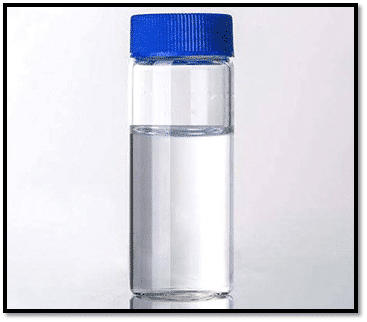
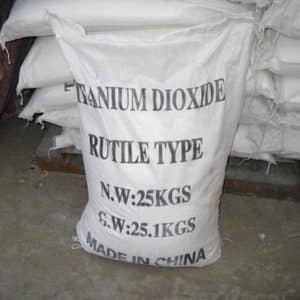
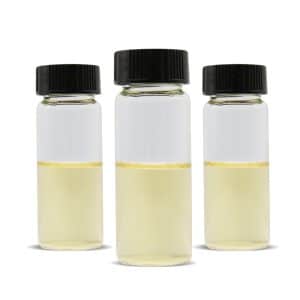
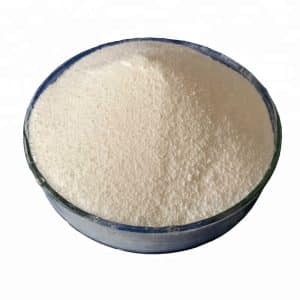
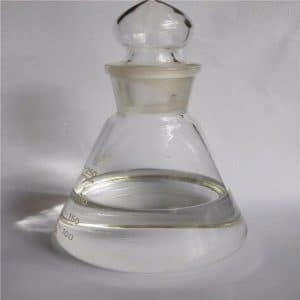

Reviews
There are no reviews yet.